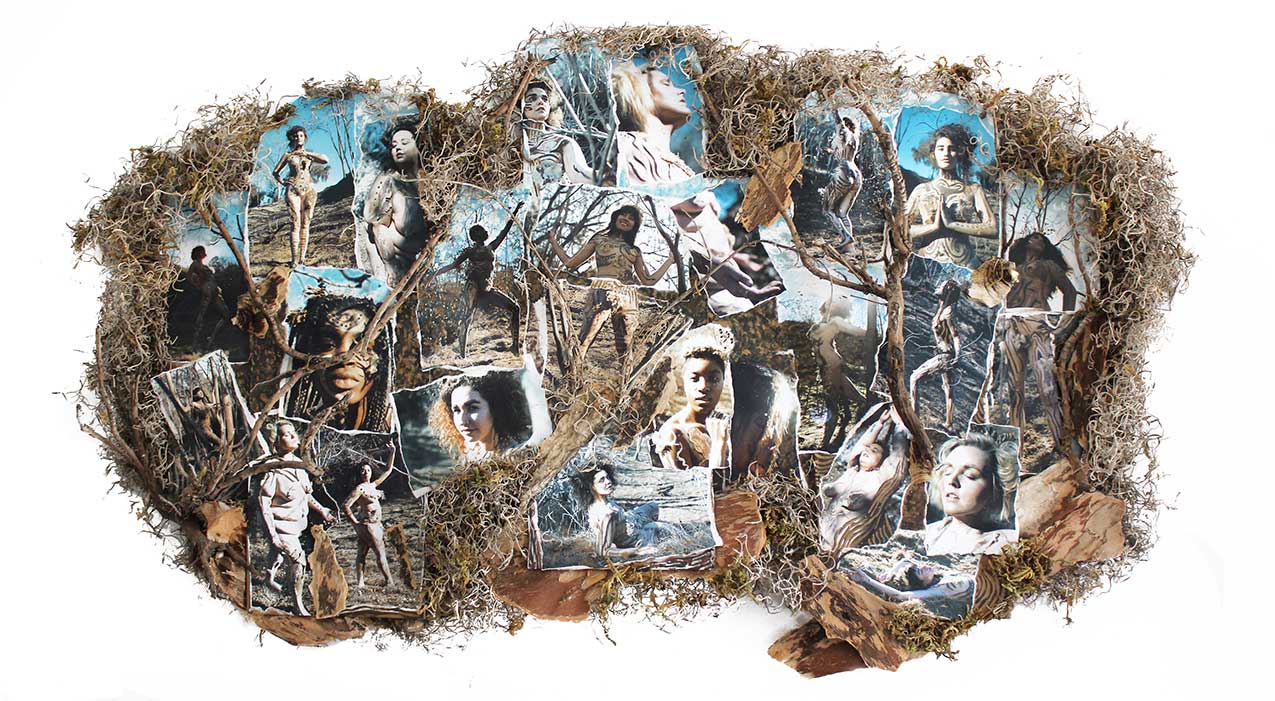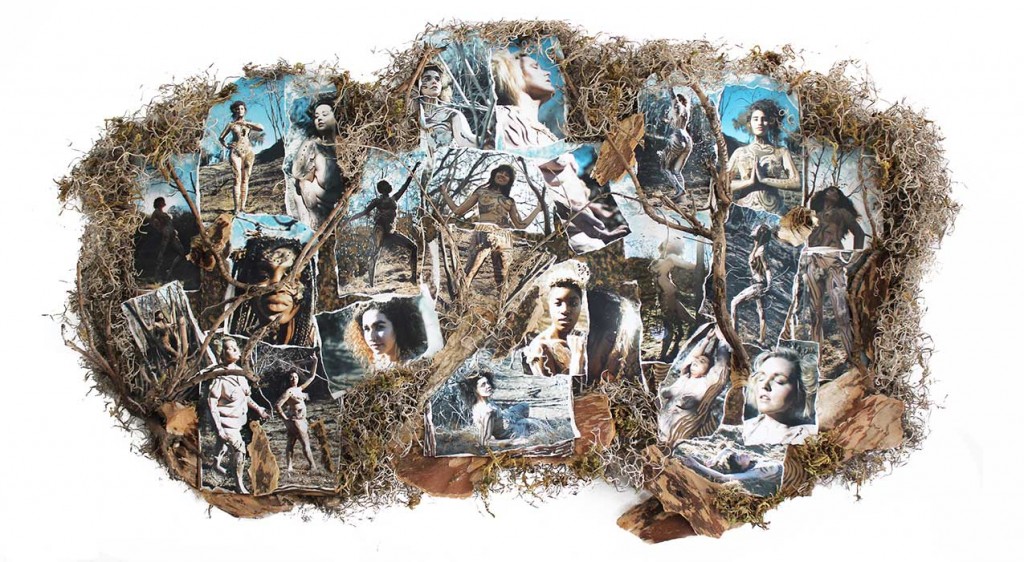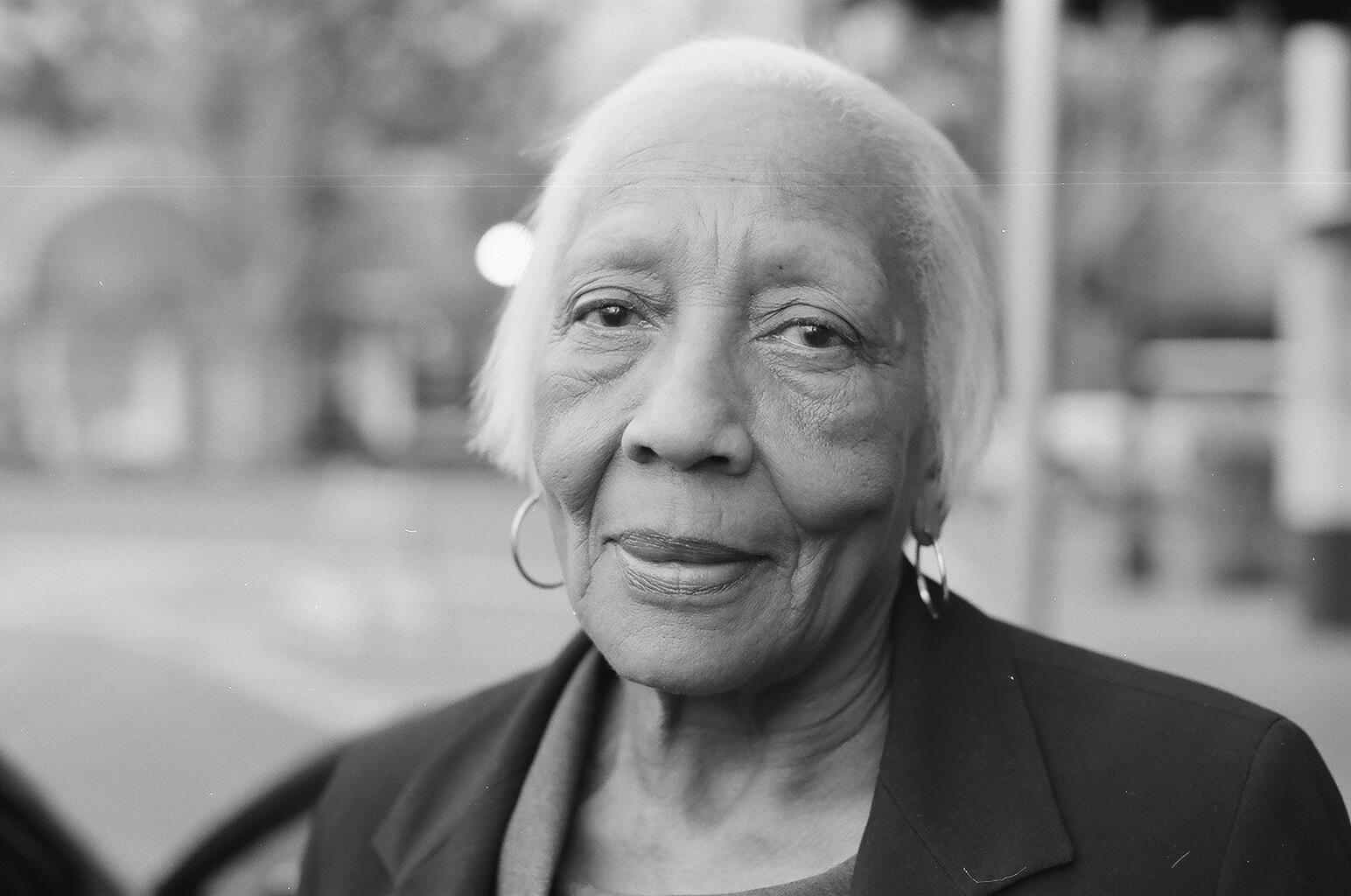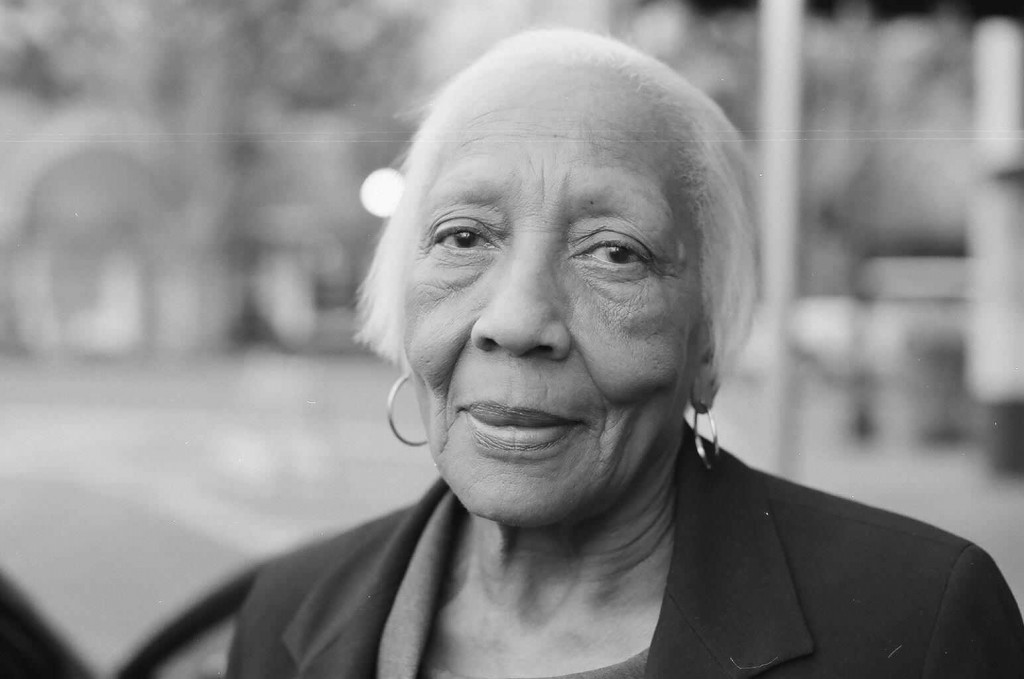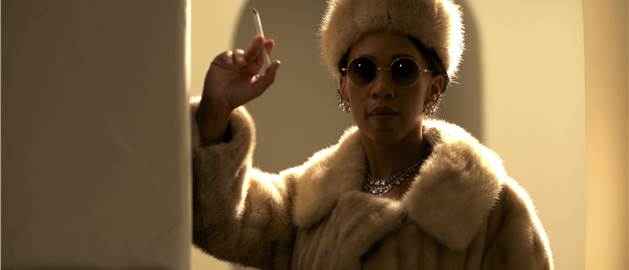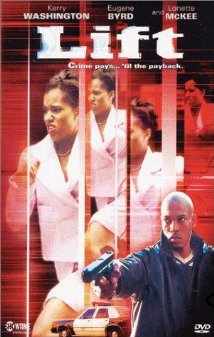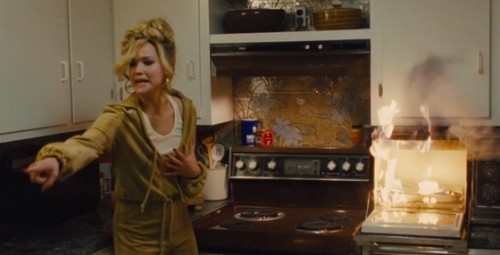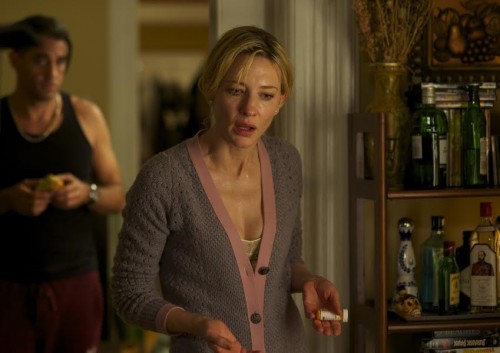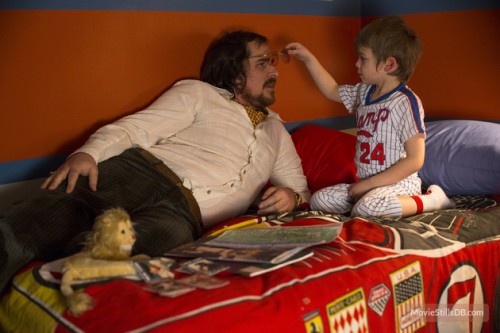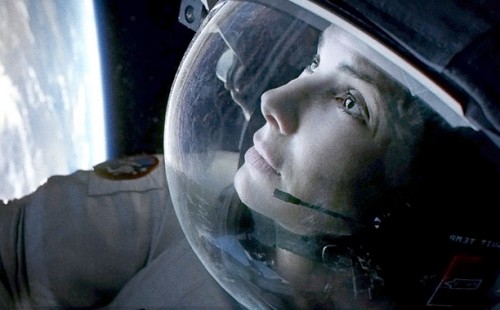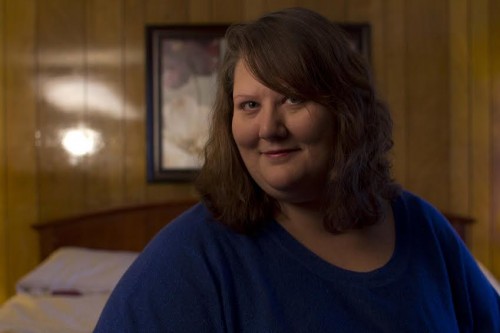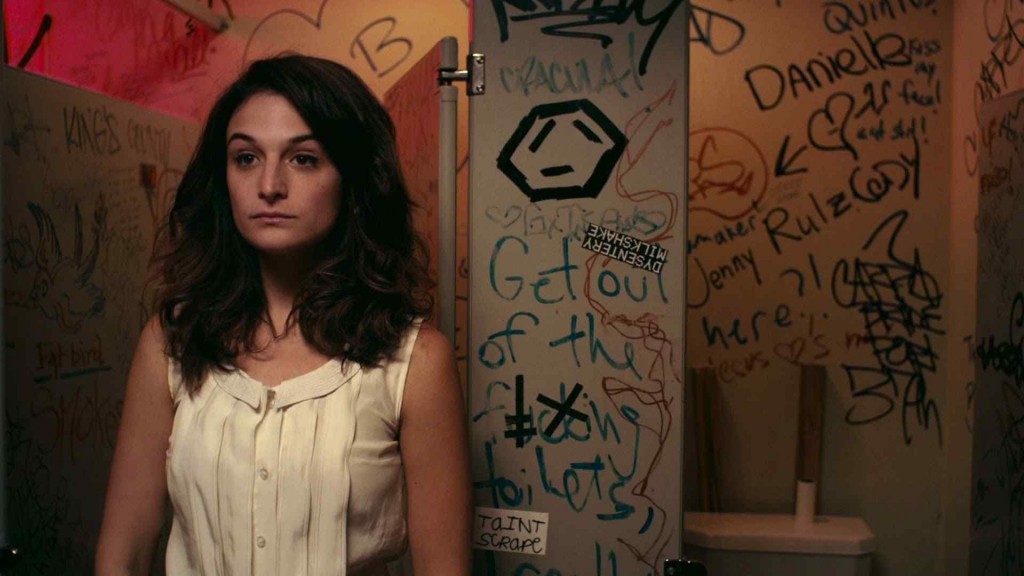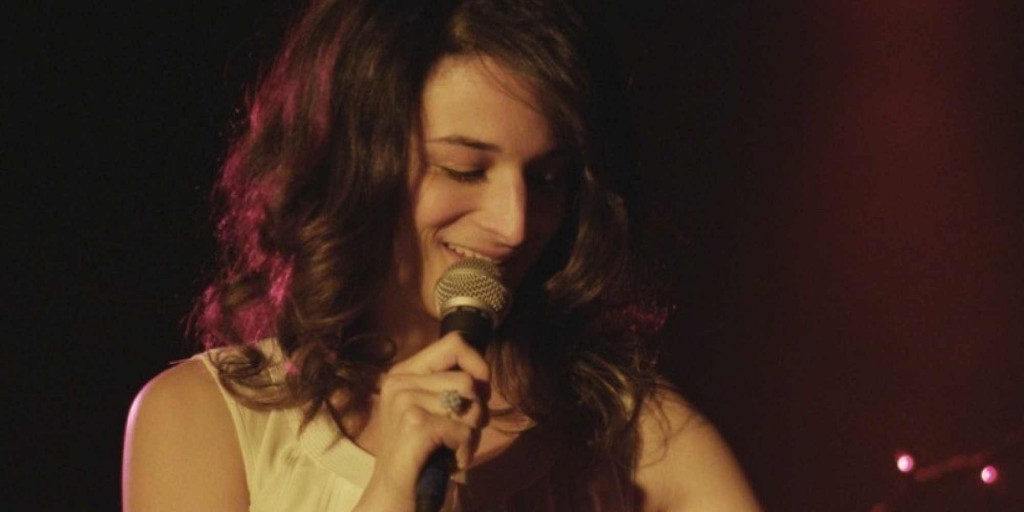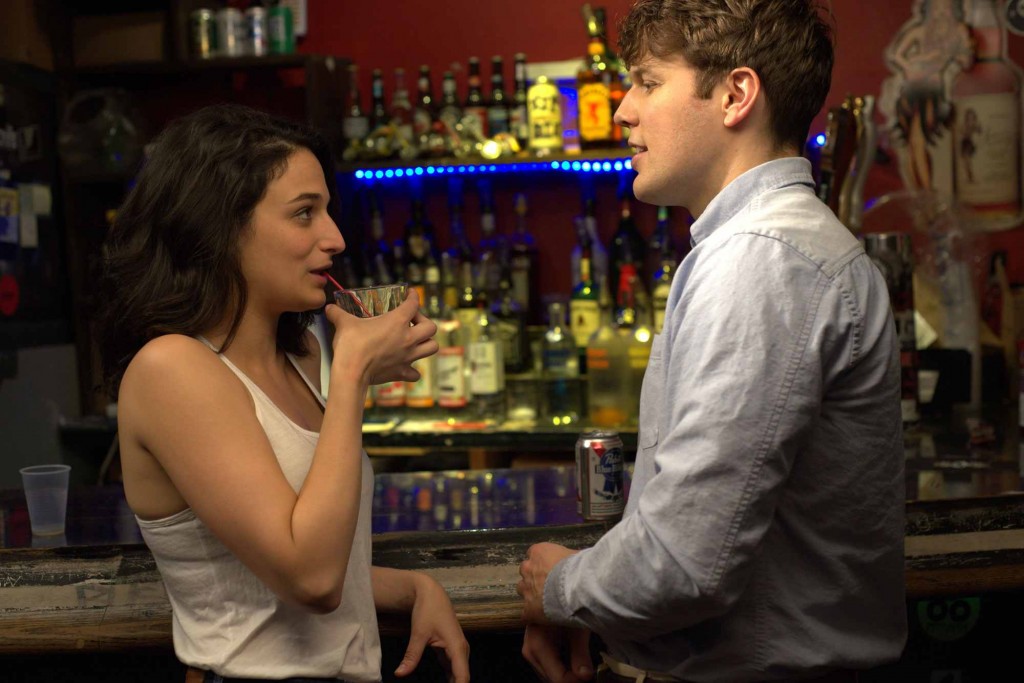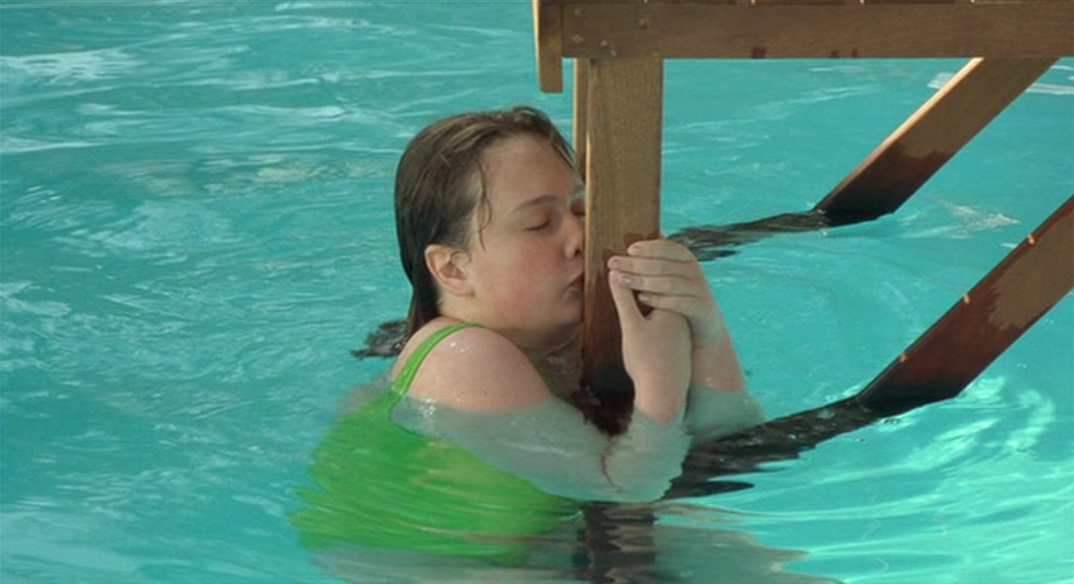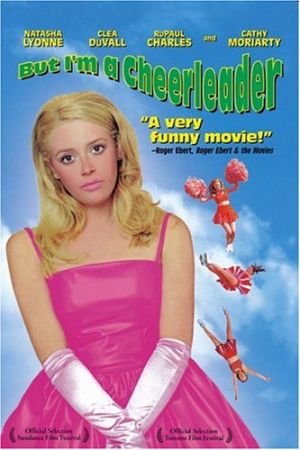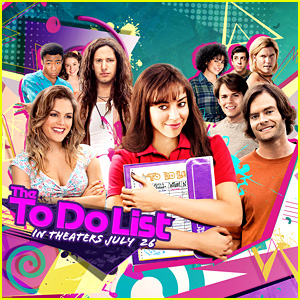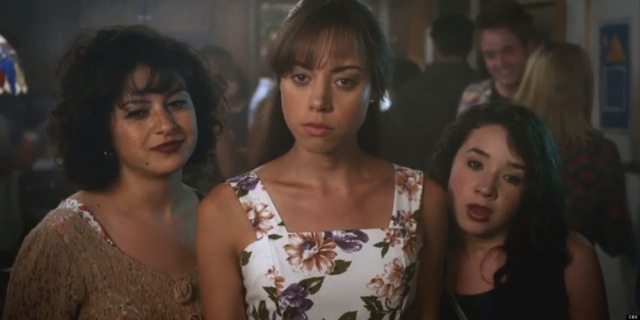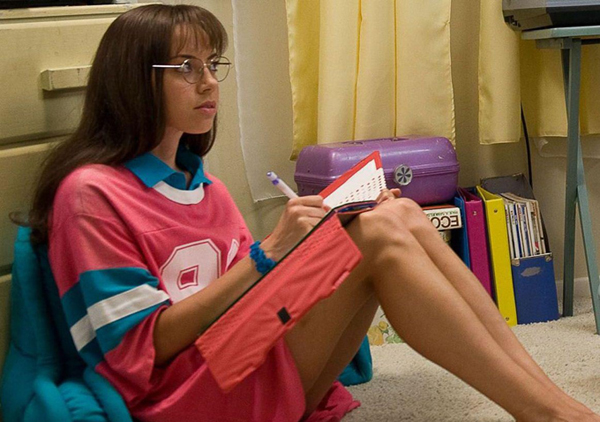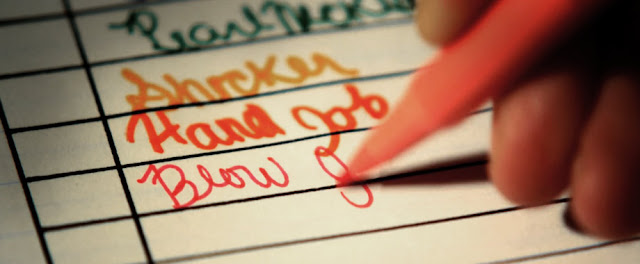Something about summer always makes me nostalgic.
Remember riding your bike around town? Remember waiting at the ice cream truck, or trying on new looks in front of the mirror, driving aimlessly around with a new license, or just listening to music in your room alone and having multiple epiphanies? ‘Tis the season to come of age. To be forever changed.
I think it’s that when you’re a kid, when you’re a teenager, it all seems so significant. You tend to measure time in summers, those long unstructured months that melt together in your own dream world where your parents have no authority. How many coming of age stories begin with something akin to “It was the summer I turned 16”?
In honor of the summer months, I thought I’d take a look at some underrated coming of age films and what I learned from them.
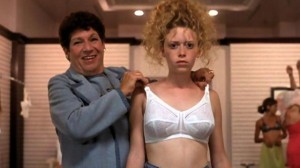
Slums of Beverly Hills
Like many coming of age classics, Slums of Beverly Hills is both semi-autobiographical (for writer-director Tamara Jenkins) and set in the recent past. 90s indie darling Natasha Lyonne plays Vivian Abromowitz, a girl struggling with her dysfunctional family, burgeoning sexuality and uncomfortably large breasts (an unusual teenage girl problem in a genre full of girls praying for big boobs), all while constantly moving between seedy apartments in Beverly Hills as part of her father’s plan to allow her and her brothers to attend prestigious schools. Through the course of the film, Vivian not only has her period and loses her virginity, clear markers of ascent into womanhood, but also realizes sex can be pleasurable and she has a right to demand that it is. She also comes to appreciate her eccentric father (Alan Arkin) for the sacrifices he makes to give his children the best futures possible.
Lesson: Learn to be amused, not afflicted. Practice saying, one day this will all go in my memoir.
Welcome Home, Roxy Carmichael, like Heathers, Beetlejuice, and Mermaids, stars Winona Ryder back when she was the patron saint of “weird girls” who liked to wear black and didn’t talk much in class. Her unfortunately named character, Dinky, is a social outcast who prefers animals to her peers, who constantly taunt and torture her and disappoints her adoptive mother by rejecting feminine clothing. Though sometimes its hard to figure out whether Dinky is ostracized for being antisocial or has learned to be antisocial after years of being ostracized. Stuck in a quirky indie film style town where the childhood home of minor celebrity, Roxy Carmichael, is preserved as a museum, Dinky sets out to validate her existence by proving she is Roxy’s long lost daughter.
Lesson: You can’t develop in a vacuum. Spending time alone is valuable, but you really learn who you are from living in the world you have and getting to know the people around you, not from escaping into the world you wish you had.
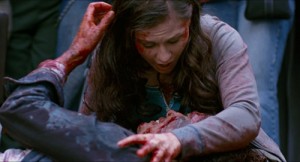
Despite hitting some familiar beats (loss of virginity, teacher-student relationship, first encounter with death), Margaret is a very different type of coming of age story, and to my mind, a truer one, than I’ve seen before. As it begins, Lisa Cohen (Anna Paquin), a privileged Manhattan teenager, is just coming into her own. She has new and serious opinions about war and politics and passionately argues them in class and charges around the city casually flirting and testing out her new power. When she distracts a bus driver, contributing to a fatal accident, her grief and guilt lead her to seek the driver’s dismissal, which she feels is the only fair consequence. Here, Lisa shows how young she still is, as she doggedly seeks fairness, blind to the interests of the other parties involved and to any other option. She still sees the world as one where the guilty are always punished and the innocent rewarded, and in the moment where she learns things will not work the ways she imagined, she breaks down into a child-like tantrum.
Lesson: Life isn’t fair, it’s really not fair and sometimes there is nothing you can do to make things right.
Danielle Edmundson (Juno Temple) thinks God made her purely for sex. Known as the “Dirty Girl” at school for her promiscuity, Danielle looks down on the girls in her class who fuss over their appearance and wish for their Prince Charmings, and uses the boys to prove to herself she has a talent. In Clark (Jeremy Dozier), a shy, gay boy who also sticks out like a sore thumb in their 1980s Oklahoma town, she finds a kindred spirit and the two hit the road, ostensibly to find Danielle’s father, but really to find themselves. Neither Clark nor Danielle have it all figured out. At first she’s the cooler-than-thou mentor who ups his confidence, but in the last moments he’s the one who helps her figure out who she wants to be. Refreshingly, the narrative doesn’t suggest Danielle’s sexual experience is wrong or that she needs to be celibate, but that it’s not the only thing she has or only way people should define her.
Lesson: The people you want in your life are the people who like you for who you are–the people that encourage you to be yourself, but only the best version of yourself.
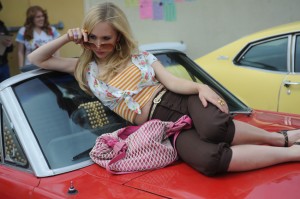
Most teenagers feel bored and trapped at some point, in their small towns or in their families. Haunter twists teenage alienation into a ghost story centered around Lisa Johnson (Abigail Breslin), another 80s teen, the only person in her family who realizes they’re dead. I chose to read Haunter as coming of age story, despite the fact that the central character will never get any older because it’s all about what Lisa learns. She becomes responsible for her family as the only one that knows the truth and her world becomes a nightmare none of them are aware of, as she is tormented by an murderous spirit. Unlike most alienated teenage girls she also finds herself through taking on the mission of trying to save the family currently living in the house from being the murderer’s next victims. And Lisa also grows in the expected ways for a coming of age heroine, as she goes from blaming her parents for their weaknesses and feeling superior, to allowing herself to understand, and walk in their shoes.
Lesson: Some of your angsty feelings are legitimate, some are self-indulgent. It’s a great skill to know the difference.
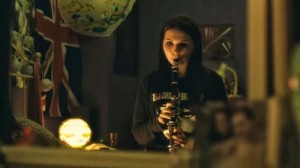
____________________________________________________________________________________________________
Elizabeth Kiy is a Canadian writer and freelance journalist living in Toronto, Ontario.

